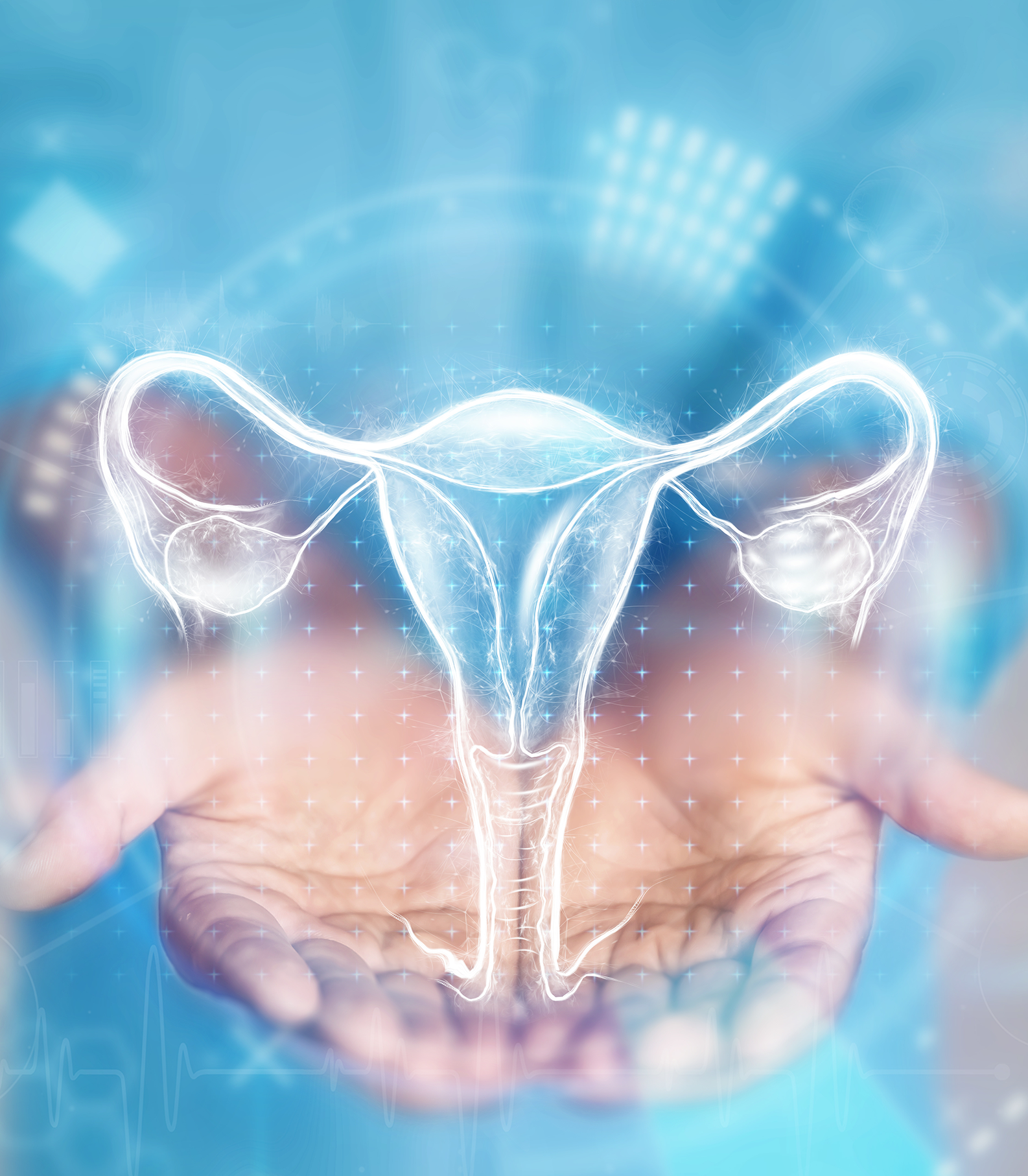Medications used in ovulation inductions
Clomiphene citrate is often used as a first option for ovulation induction. It’s given in pill form to women who do not ovulate regularly, as well as those who ovulate regularly but wish to have more than one egg mature each month. This medication causes the release of more follicle-stimulating hormone (FSH) by stimulating the pituitary gland. Ideally, the increased levels of FSH in the body will result in the maturation of a follicle or follicles and eventually lead to ovulation. Generally, this medication is prescribed for five days, and is taken during the early part of the menstrual cycle. That said, we tailor our fertility protocols to each individual patient, so the timing may vary.
As with all medication, there can be side effects to taking clomiphene citrate, including: headaches, nausea, hot flashes, blurry vision and mood swings. Some patients taking the drug may develop a thin endometrial lining that can only be detected with ultrasound, which may make it more difficult to become pregnant.
When using clomiphene citrate without complete clinical monitoring, or without following the fertility plan, multiple gestation (usually twins) may also occur.
(For more information, please refer to the information provided with the medication.)
Injectable gonadotropins are another group of fertility drugs often prescribed for ovulation induction. These medications directly stimulate the ovaries to increase the number of developing follicles. The medications are produced with varying combinations of follicle-stimulating hormone (FSH) and/or luteinizing hormone (LH), or as single purified agents. These medications are also referred to as gonadotropins.
As part of natural processes, FSH travels from the brain to the ovaries to promote egg development. The FSH given to patients via injection provides much higher concentrations than the brain would naturally create.
Patients inject these medications on their own, and the clinic supports them with training and resource videos. Daily injections continue until the developing eggs are mature and ready to ovulate, which we track through cycle monitoring visits.
The FSH preparations available at our clinic include: Puregon, Gonal-F, Repronex and Menopur.
When FSH injections are combined with IUI, women with unexplained infertility may increase their pregnancy rate per cycle by up to 18%. (Please note: this rate may be less in women who are 38 years or older.)
Women taking FSH because they are unable to produce eggs on their own (polycystic ovary syndrome) may have higher rates of pregnancy-approximately 20-30% per cycle.
The risks of this method include pain, inflammation and swelling at the injection site. Many patients find relief by applying ice to the area. Relatively few patients also experience bruising or welts around the injection site.
One of the major risks of using FSH medication is multiple pregnancy (becoming pregnant with more than one child). Based on the number of developing eggs seen on ultrasound, the doctor will advise the patient of her risk of multiple pregnancies. In cases where too many eggs develop at once and the risk of multiple pregnancy is too high, the patient may be instructed to stop taking FSH and to avoid having intercourse.
Patients taking gonadotropins may also develop ovarian hyperstimulation syndrome (OHSS). This condition occurs when too many eggs develop at once and the hormone levels in the blood become too high. In some cases, OHSS can happen after the eggs have ovulated. If the doctor believes a patient is at risk of developing OHSS, she will be advised to adjust or reduce the dose of gonadotropins being taken. This will slow the development of the condition and/or prevent it from worsening. For most women who develop this condition, the symptoms resolve on their own over time. If the hyperstimulation is severe, the patient may require other procedures, such as close monitoring, blood work and drainage of the excess fluid that may accumulate internally.
The risk of birth defects is not higher for women taking FSH.
FSH injections do not increase a woman’s chances of developing ovarian cancer or any other type of cancer.
| From Anova | Our nursing team will demonstrate how to properly administer medications from home. We also have learning videos available online. |
| From the medication manufacturer | The major pharmaceutical brands have very detailed videos available in multiple languages. The drug identification number (DIN) on the side of the medication will be needed to log in: https://fertility.mymomentum.ca/en/index.html Patients can also speak to a nurse 24/7 to address any questions about the medication. |
| From different pharmacies | Freedom MedTeach, available here. |







